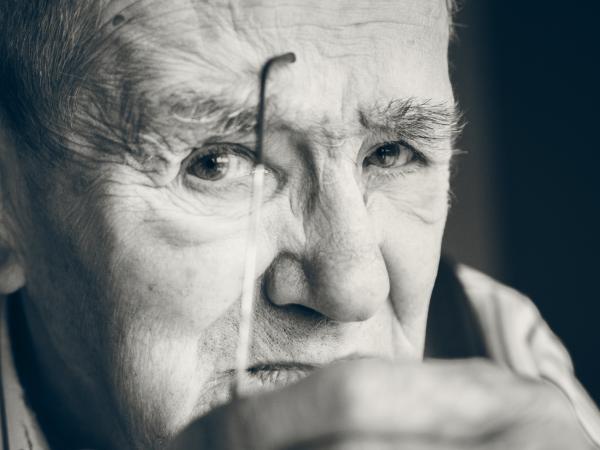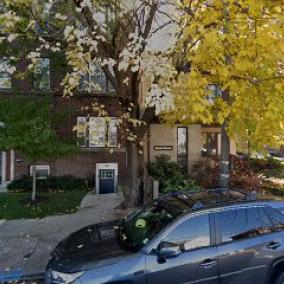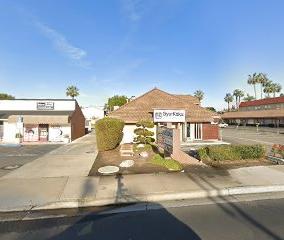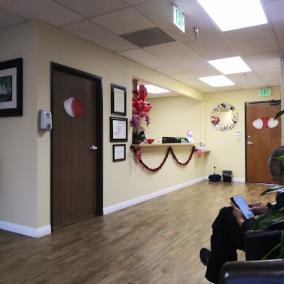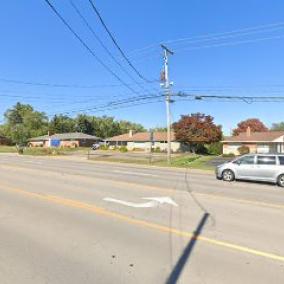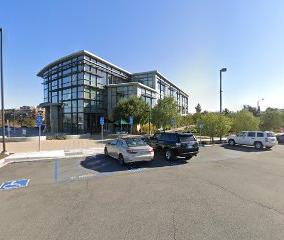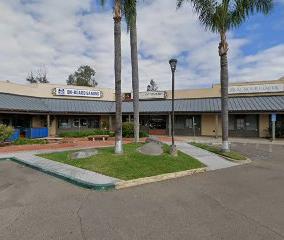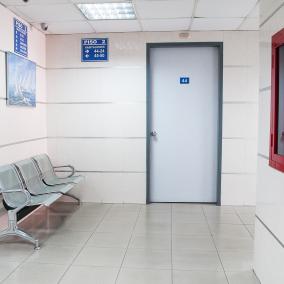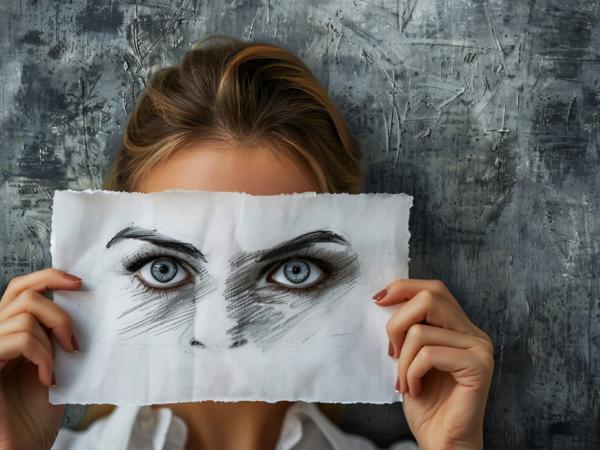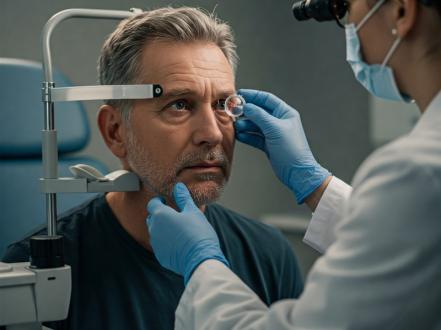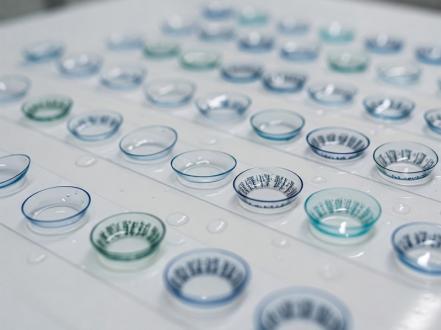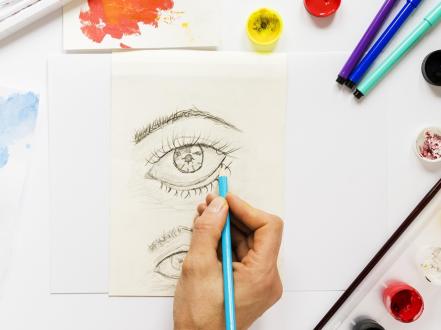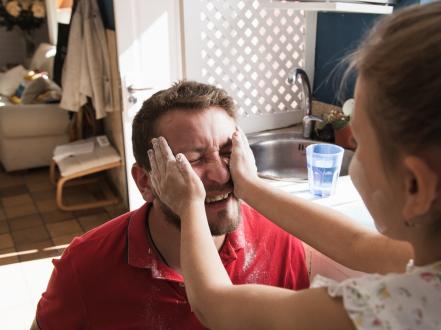A chalazion is a harmless but often uncomfortable small bump or cyst that appears in the eyelid because of the blockage of tiny oil producing glands located near the eyelashes. Named meibomian glands, each eyelid has about 100 such glands which serve to lubricate the eye. However, should they become blocked, the ensnaring of oil within these glands leads to the formation of a round lump referred to as a chalazion. This condition is benign, which indicates that it is non-cancerous, and can affect all age groups.
Chalazion symptoms and causes
The primary symptoms of a chalazion may include a hard lump on the eyelid, sensitivity to light, eye irritation, and tearing. Interestingly, a chalazion may develop without any of these symptoms, making it a condition that depends on individual differences. In its initial stages, a chalazion can appear similar to a stye, a different kind of eyelid bump caused by an infected eyelash follicle. Only with time can one distinguish between the two, chiefly due to the persistence beyond the usual stye lifespan (a few days) of a chalazion.
The primary cause of a chalazion lies in the blockage of the meibomian glands from excess oil, or possibly from dead skin cells or other debris. It can also result from an infection, an inflammatory condition of the eyelid (blepharitis), or even a complication from a stye. If an individual frequently experiences chalazion, it might be advisable to consult a healthcare provider about plausible underlying conditions.
Chalazion treatment
While a chalazion may on occasion disappear on its own over the duration of a few weeks or months, there is a range of recommended procedures to alleviate discomfort and hasten the healing process.
The most common treatment involves implementing regularly a warm compress on the affected eyelid for about 10 to 15 minutes, four times daily. This therapy assists in unblocking the oil gland by softening the oil build-up, thus allowing it to seep out naturally. Gentle massages on the area of the chalazion can also facilitate healing, but should be done softly to avoid any harm to the eye.
Over-the-counter treatments, such as non-prescriptive ointments and eye drops, can offer further relief but are not typically seen as effective in reducing the size of the chalazion. Always exercise caution when using eye medications and consult with a pharmacist if necessary.
In persistent cases where the lump does not decrease in size after a few weeks or continues to cause discomfort, a surgical approach might be required. Under local anesthesia, a straightforward incision procedure is generally done as an outpatient surgery that rarely leads to any complications. Intralesional steroid injections, another minor procedure, can also be an alternative treatment.
Chalazia can vary extensively in their progression, thus treatment should be navigated carefully and professionally. If you suspect you're dealing with a chalazion and experience bothersome symptoms or repeated occurrences, consulting with an ophthalmologist or optometrist will ensure that you receive the appropriate treatment and care.
